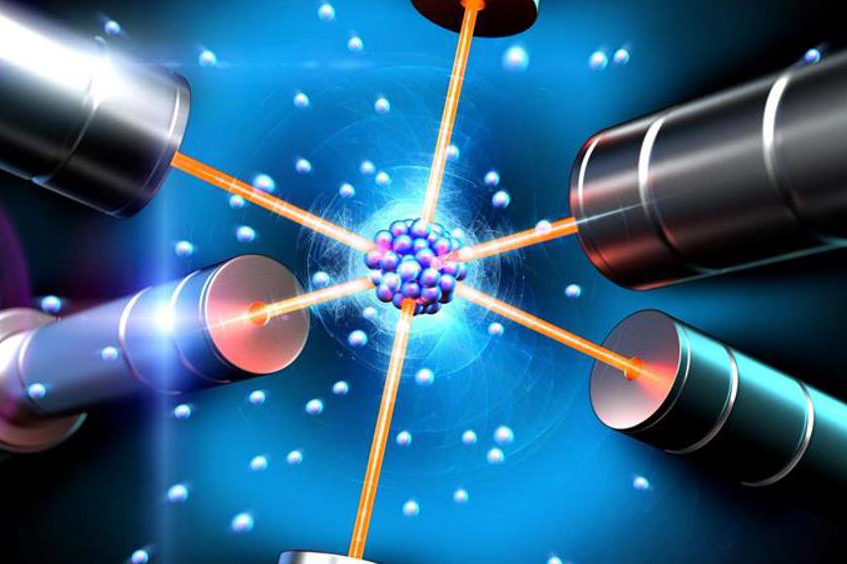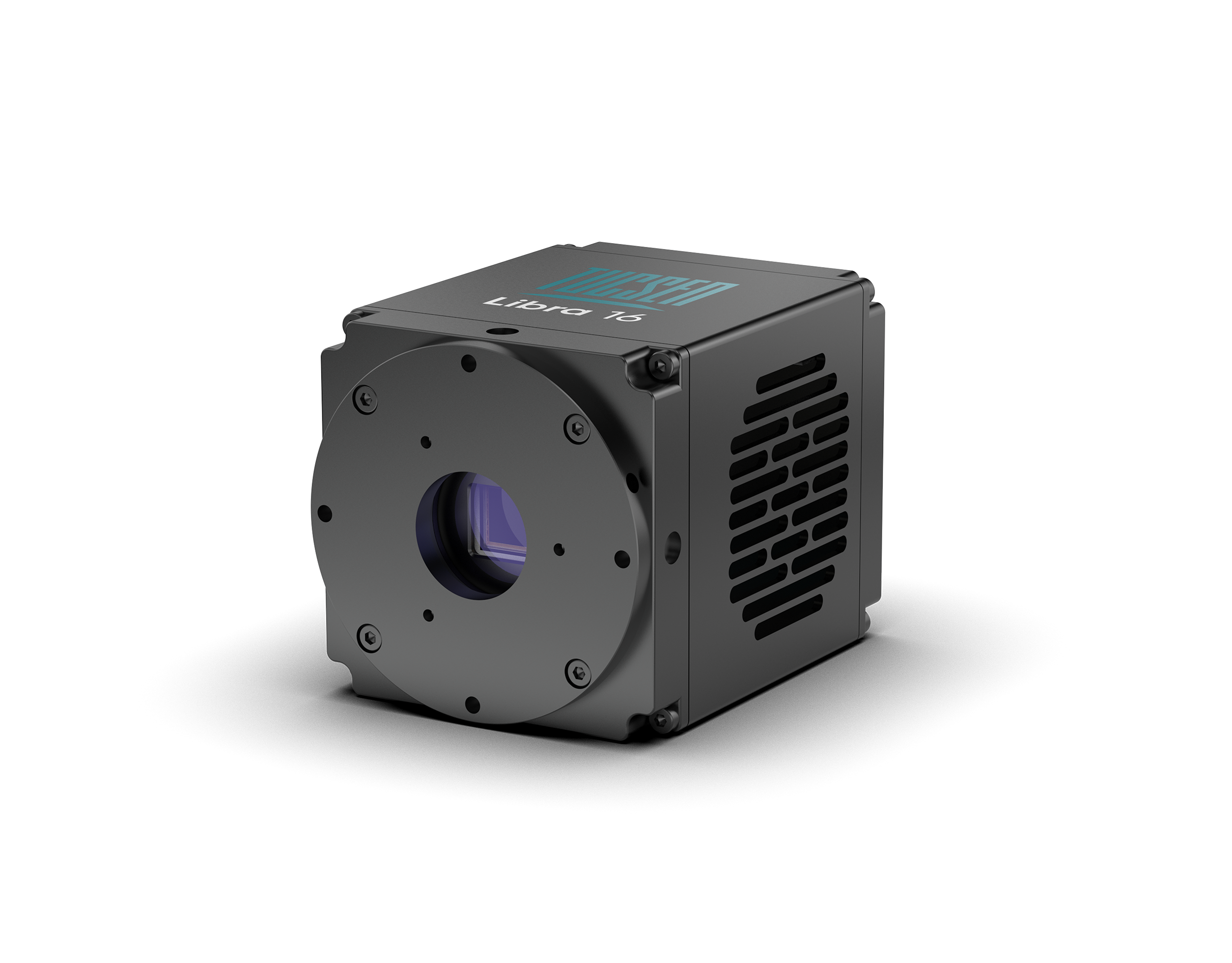Application Challenges
Cold atom experiments rely on laser cooling and magneto-optical traps to bring atoms close to absolute zero, enabling the study of Bose–Einstein condensation and collective quantum states. The imaging signals are typically extremely weak and concentrated within specific atomic transition bands (e.g., the 780 nm Rb D-line). As the core data acquisition device, the scientific camera must provide high quantum efficiency, ultra-low noise, and long-term stability within narrowband spectral regions to reliably capture true signals under low-light and long-exposure conditions.


Arise 16
16 μm Large-Pixel BSI sCMOS Camera
16 μm large pixels provide ~6× higher photon collection efficiency than 6.5 μm pixels, greatly enhancing weak-light sensitivity
Ultra-low readout noise (~0.9 e⁻) and up to 90% quantum efficiency, enabling single-photon detection
Deep cooling up to 60°C below ambient effectively reduces dark current and improves SNR
High full-well capacity (~74 ke⁻) allows simultaneous measurement of strong and weak signals in complex light fields
HDR & low-noise readout modes support flexible switching between high-dynamic and weak-light imaging scenarios
Reliable and stable cooling minimizes data drift and improves measurement accuracy











